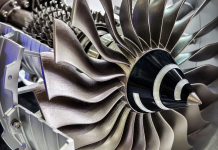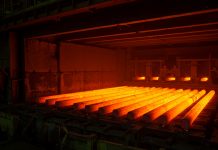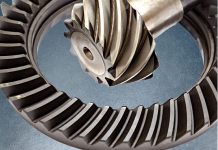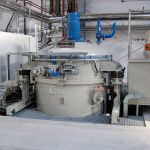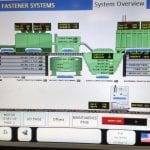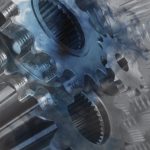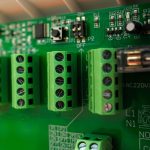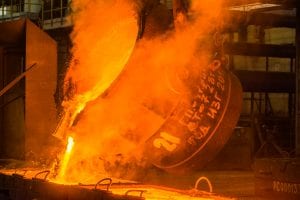When it comes to composite manufacturing, thermal and heat treatment is a critical process that has a significant influence on the result of the final product.
Industrial heat treatment, also referred to as thermal processing, involves controlled heating and cooling cycles designed to enhance and develop essential qualities in composite materials.
The heat-treatment process is the key to achieving the desired strength, stability, and overall quality of the composite. Composite materials typically consist of a reinforcing fiber and a matrix material. The heat-treatment process plays an essential role in optimizing the interaction between these materials and strengthening their bond.
The heat treatment of composites involves various techniques, including curing, annealing, and post-curing.
What are composites?
In order to understand the importance of heat treatment in the manufacturing of composites, we first must understand what composites are themselves. Composite materials are used in an extremely wide range of applications, from wind-turbine blades to aerospace equipment.
The primary types of composites include polymer matrix composites (PMCs), metal matrix composites (MMCs), and ceramic matrix composites (CMCs).
PMCs are the most common type and are used extensively in aerospace, automotive, and sports equipment, as they are both strong and lightweight.
MMCs are known for their enhanced thermal and mechanical properties. These are also found in the aerospace, defense, and automotive industries. MMCs perform particularly well in components exposed to high temperatures and extreme and heavy wear.
When it comes to CMCs, these composites have excellent thermal stability and resistance to corrosion. These are used in high-temperature environments such as, again, aerospace engine components and industrial cutting tools.
Each composite type has unique benefits, making them integral to a wide range of industrial applications.
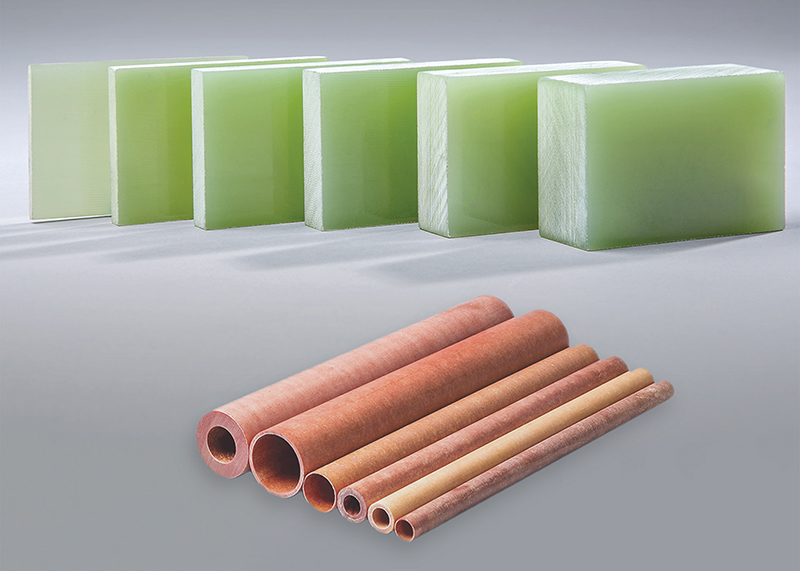
Benefits of using composites in manufacturing
There are numerous benefits to using composites in manufacturing, which is why they are a preferred choice for many industries.
One of the most significant benefits is their excellent strength-to-weight ratio, which allows for the creation of high-strength materials significantly lighter than traditional materials. This is especially beneficial in industries where reducing weight can lead to improved fuel efficiency and increased performance.
Additionally, composites offer superior corrosion resistance compared to traditional metals, which enhances the longevity and durability of products and the extent to which they can be used. This is especially true for those products frequently exposed to harsh environments.
The design flexibility and malleability provided by composite materials allow for the creation of complex shapes and structures that would be challenging with traditional materials. Composites such as G10 have such a wide range of applications they have taken the place of traditional materials in just about every industry imaginable.
Lastly, the use of composites can lead to reduced manufacturing costs, as they often require fewer raw materials and less energy-intensive processes.
The role of heat treatment in composites
Purpose of heat treatment
Heat treatment is an essential step in the composite manufacturing process due to its critical role in curing, which ensures optimal mechanical enhancement and composite stability.
The primary purpose of heat treatment is to initiate and control the curing process. Heat treatment results in mechanical enhancement (the enhanced strength and durability of the composite) and improved stability and performance of the materials.
The benefits of thermal processing are less of a benefit and more of a necessity, as they increase the reliability and longevity of the final product. Without thermal processing, composites would lack several components and features that make them such a versatile material.
Types of heat treatment processes
In composite manufacturing, different types of heat treatment methods are used to achieve the desired end result.
One common curing method is autoclave curing, where heat and pressure are applied in a controlled environment to ensure a thorough curing process.
Oven curing is another method, where composites are heated in an industrial oven to initiate the curing process.
We will discuss these curing methods and more in further detail in a moment. Other important elements of the curing process include annealing composites and the tempering process.
Annealing composites involves heating the material to a specific temperature and then slowly cooling it to help with stress relief as well as improve material toughness.
Tempering processes are used to enhance the composite’s impact resistance and flexibility by reheating the material after its initial curing.
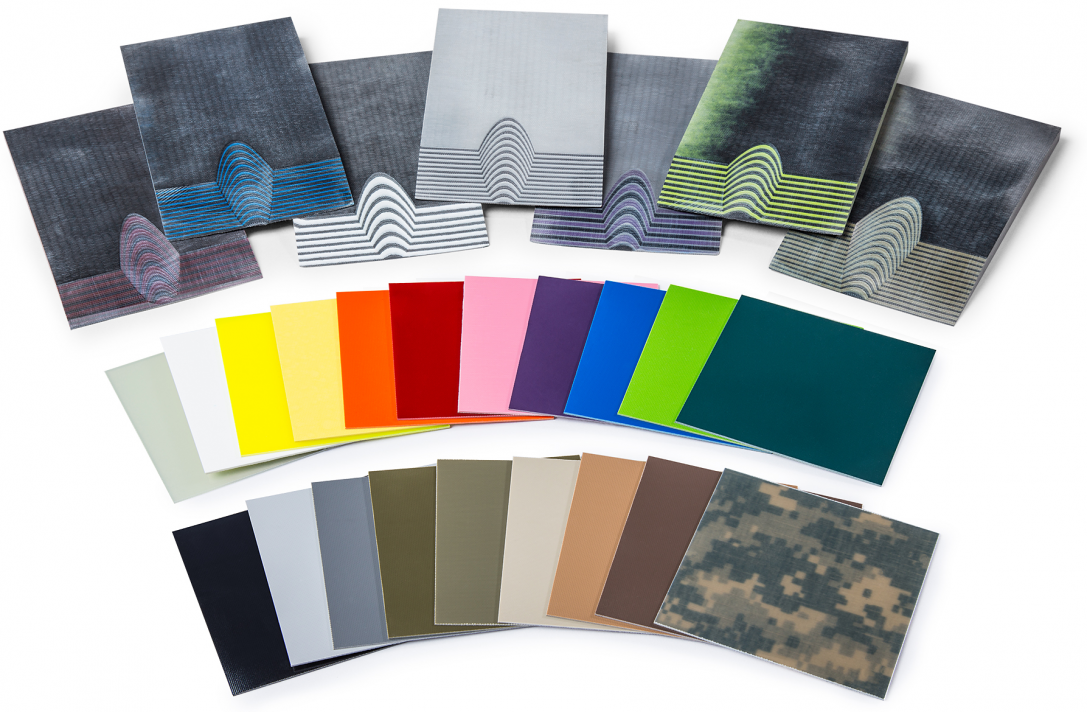
Heat treatment techniques for composites
Curing process
Curing in composite manufacturing refers to the process where the composite materials undergo heat treatment to solidify and form the final desired shape.
Composite curing is a critical step that determines the composite’s mechanical strength, chemical resistance, and overall durability. There are several common curing methods are used in the composite manufacturing process.
Autoclave curing, which is one of the most widely used methods, involves placing the composite material in a high-pressure vessel where it is subjected to high temperatures and varying pressures.
Oven curing, which uses controlled heating in an oven to achieve uniform curing, makes it suitable for larger or less complex composite parts.
Microwave curing is a newer process that uses microwave radiation to heat the materials directly, making it a more rapid and efficient process.
Each of these methods is essential in ensuring the high quality and performance of composite materials.
Annealing and tempering
Diving into annealing, this process plays an important role in composite manufacturing as it relieves internal stresses on the material. This thermal-processing technique involves heating the composite to a specific temperature followed by slow cooling, which enhances its stability and workability.
Next, the tempering process aims to increase the toughness and reduce the brittleness of a composite material after it has been hardened. By reheating the material at a lower temperature and then cooling it at a controlled rate, a more efficient balance between hardness and flexibility can be found.
The key difference between annealing and tempering is annealing focuses on reducing internal stresses and softening the material, while tempering enhances toughness and mitigates brittleness. Both processes provide essential thermal-processing benefits that optimize composite materials.
Stress relieving and post-curing
In composite manufacturing, stress relieving is another critical process in enhancing the material’s performance and longevity, as residual stresses can lead to deformation or failure of the material in its application.
Techniques for stress-relieving composites include thermal-relaxation options such as annealing and post-curing. By effectively reducing residual stresses in the material, these processes ensure the composites maintain their integrity and perform reliably wherever and however they are used.
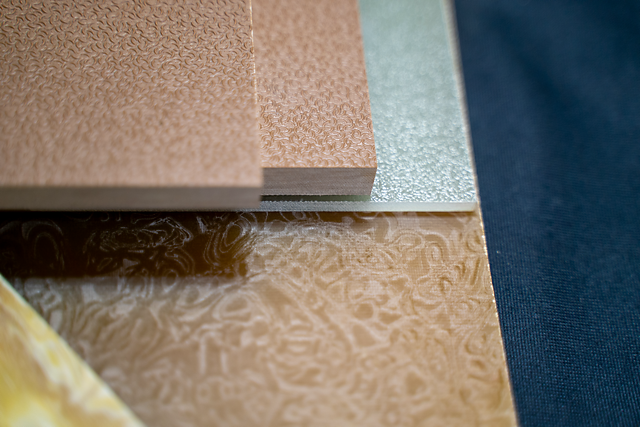
Equipment and technologies in heat treatment
Autoclaves and ovens
In the manufacturing of composites, various types of heat-treatment equipment are used to achieve the desired results.
First off, autoclaves provide precise control over temperature and pressure, which ensures thorough curing. Autoclaves are highly effective for producing high-strength materials but come with limitations such as high operational costs and size constraints.
Oven technologies (including conventional, convection, and infrared ovens) offer versatile and scalable solutions for curing composites. Ovens provide uniform heating and are suitable for large or less complex parts. The advantages of oven technologies include lower costs and ease of use compared to autoclaves.
However, ovens may not achieve the same level of precision and uniformity as autoclaves. Both autoclaves and ovens are essential thermal-processing tools, each with specific benefits and fallbacks, and are crucial for the effective manufacturing of composite materials.
Advanced heat treatment technologies
Advanced heat treatment technologies also are used in the manufacturing of composites to enhance their efficiency, precision, and material properties.
As we mentioned earlier, microwave curing of composites uses microwave energy to heat the materials, which significantly reduces curing time and energy consumed, while also producing consistent material quality.
Next, induction heating involves the generation of heat through electromagnetic induction, allowing for precise and localized heating of composite components. This process is useful for complex shapes and repairs.
Lastly, laser heat treatment uses concentrated lasers to apply heat with extreme precision, allowing for targeted curing for hyper-specific results.
Future trends in composites are likely to focus on further advancements in the above-listed technologies, including the integration of smart sensors for real-time monitoring and control, the development of more energy-efficient systems, and the use of artificial intelligence to optimize thermal processing on more intricate composites.
These innovations will not only allow composite manufacturing to evolve but will lead to more efficient materials and production processes overall.
Challenges and solutions in heat treatment of composites
Common challenges
There are several issues during the heat treatment process that can affect the quality and reliability of the final product.
Thermal degradation
Thermal degradation is one issue. This is where excessive heat during processing can degrade or weaken the materials, compromising the composite’s mechanical properties.
Uneven heating
Uneven heating poses another challenge, leading to variations in material curing that can potentially cause defects such as voids or delamination. Process control is critical but can be challenging as it requires advanced monitoring and automation systems to ensure precise temperature and pressure management.
Equipment limitations
Equipment limitations, such as the size constraints of autoclaves or the uniformity issues in ovens, can also affect the consistency and quality of composites.
Quality assurance in composite manufacturing is essential to mitigate these challenges. Quality assurance involves rigorous testing, inspection, and adherence to strict process parameters to ensure the desired material performance and properties. Addressing these challenges is crucial for advancing composite manufacturing technologies.
Solutions and best practices
Where there are challenges, there are also solutions available to overcome those challenges, specifically in heat treatments for composite manufacturing.
Process optimization
Process optimization plays a key role, involving the management of temperature, pressure, and heating rates to ensure uniform curing and minimize thermal degradation. Implementing quality control measures is essential, including thorough testing and inspection protocols to detect defects early and ensure material consistency.
Advanced monitoring technologies
Advanced monitoring technologies, such as real-time sensors and data analytics, can allow for proactive adjustments. Best practices in the composite manufacturing industry include continuous improvement, training personnel, and fostering a culture of innovation.
By integrating these solutions and practices, the reliability, efficiency, and overall performance of heat-treatment processes can be enhanced.
Conclusion
Heat treatment plays an absolutely critical role in ensuring the quality and performance of composite materials. The role of curing, annealing, tempering, and stress-relieving techniques are crucial in achieving desired results when manufacturing composites.
As the industry progresses, the future of heat treatment lies with increased automation and the advancement of technology. These advancements will enhance efficiency, reduce costs, and enable the development of even more sophisticated and high-performing composite materials.










